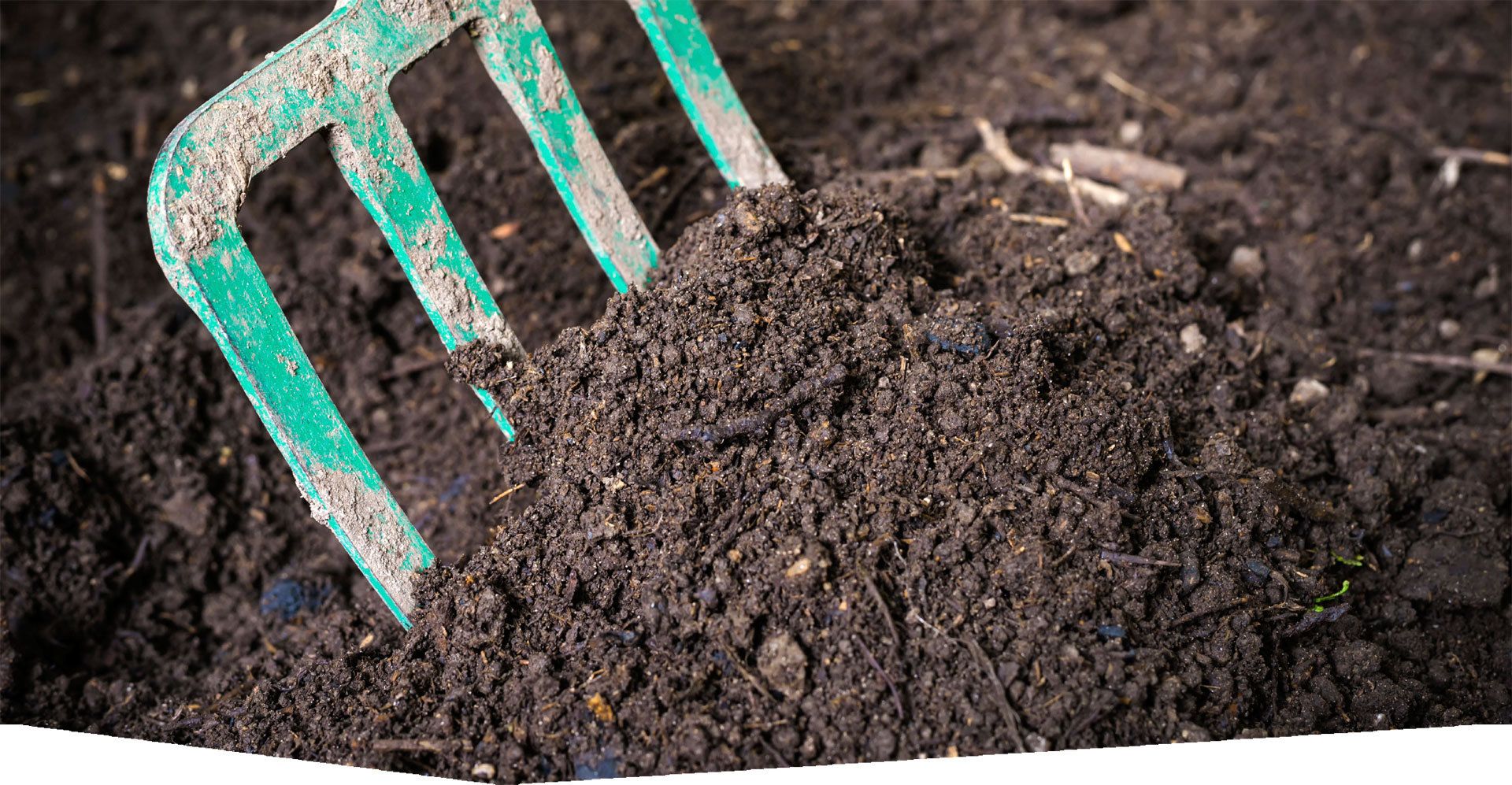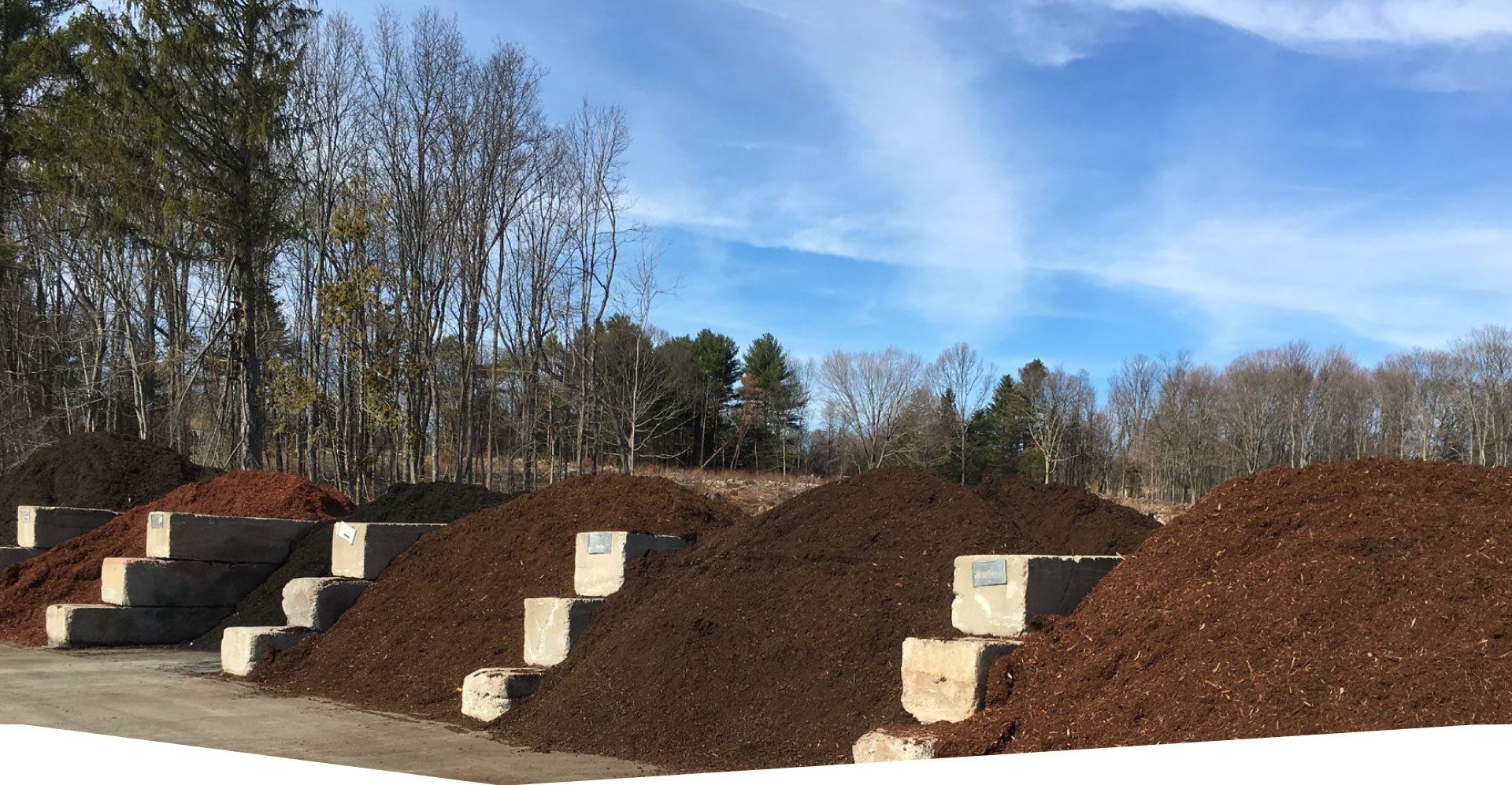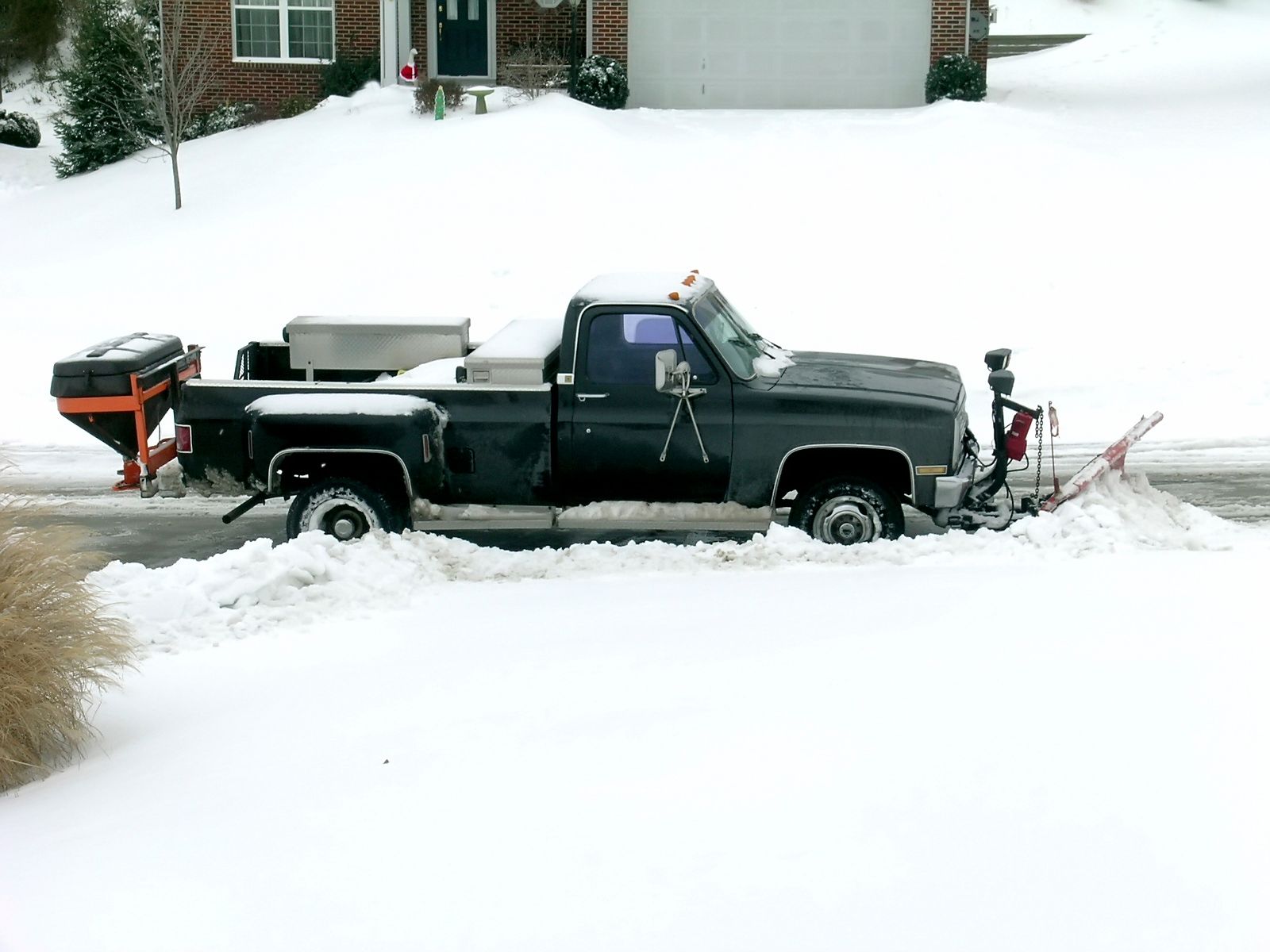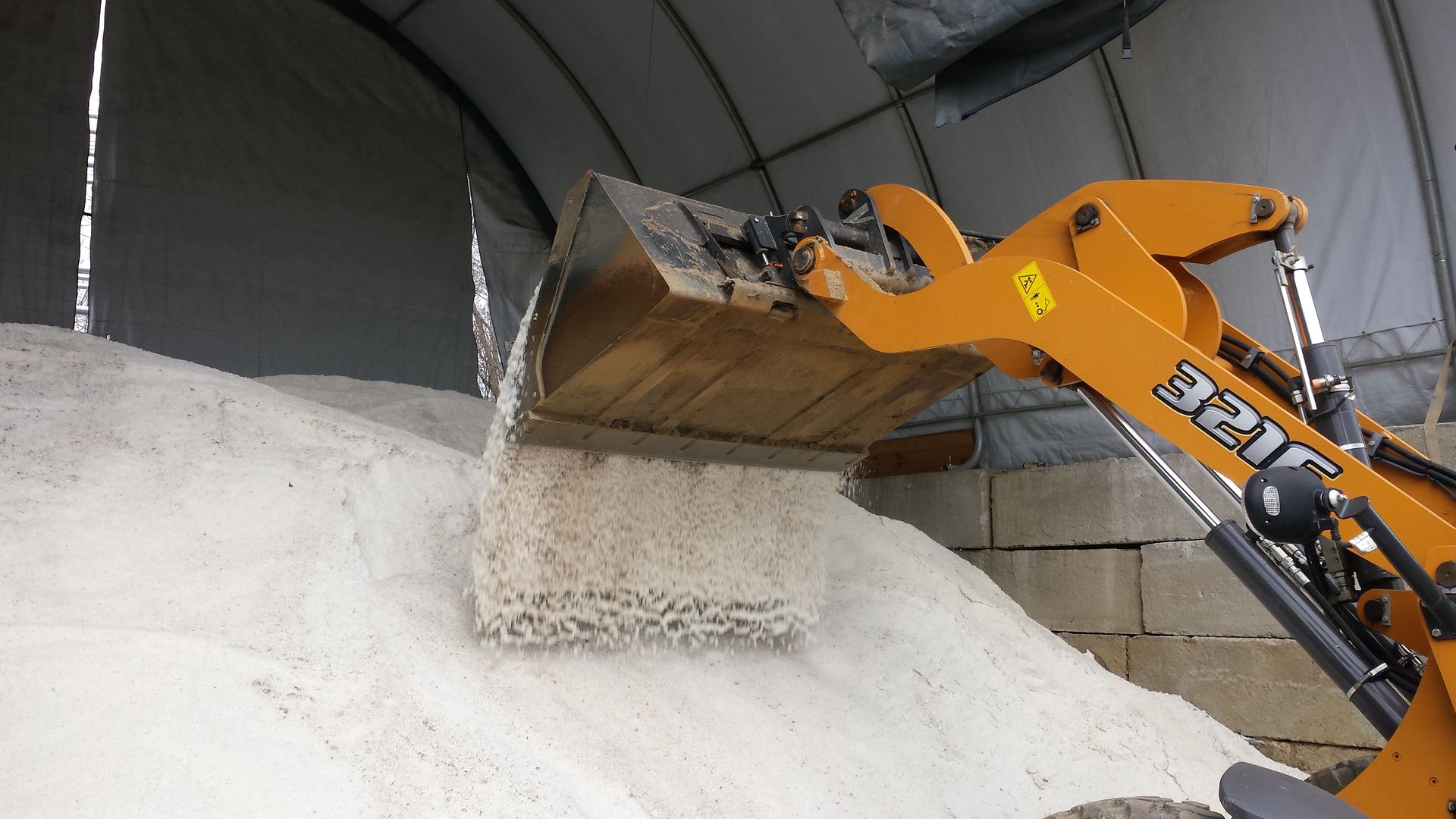
There is a lot of quality control one should put into their top soil or you can end up with a less than satisfactory product. Buying your soil from the wrong source can stand the chance of it being full of things you do not want to see in your garden such as weeds. Yes, the dreaded plants all of us hate to see can be lurking in your purchase. That is why it is important to be aware of what you are buying and from who. Here is a brief rundown so you can ensure you have the information that you need.
Topsoil
Topsoil and fill dirt are NOT the same.
Topsoil is the rich, dark, pleasantly smelly layer of earth that typically covers the top 6-8 inches of undisturbed ground. The smell comes from a wealth of organic matter containing billions of healthy microbes that plants love.
Fill dirt, on the other hand, has only one use — filling holes. It’s usually sterile, compacted, heavy clay that lies under the topsoil. It’s good for growing nothing.
Manure
Cow, horse, and sheep manure start out as grass and other plants. The digestive systems of these animals allow seeds to pass right through in mint condition. So never use bulk manure that hasn’t been properly composted for a year to kill the weeds.
Mulch
As with topsoil, buy from a local supplier you know. Bulk mulch such as shredded hardwood and ground pine bark should have far fewer weed seeds than soil because it didn’t start out on the ground. So just inspect it to make sure it doesn’t contain any leaves, stems, or vegetative matter. Make sure it’s been composted for a year too because fresh mulch will rob the soil of nitrogen as microbes break it down. DON’T buy mulch made from shredded pallets, pressure-treated lumber, or scrap wood. These could contain harmful chemicals or destructive insects, such as termites and borers.

Mulch is organic material used to cover the surface of your soil to keep moisture, conceal weeds and provide an overall attractive appearance to your garden and landscape. Mulch can come in the form of wood chips, leaves, bark, and more. Deciding what type of mulch for your landscape and garden does matter.

When it comes to ice melt products it is sometimes hard to distinguish what kinds to get. Knowing what is in your ice melt product and how it works can help determine what type of product you are looking for. At D.R. Charles Environmental Construction, we carry a variety of ice melt products, bulk salt and winter supplies products and can help you choose the right product for your driveway.

Prepare your driveway, sidewalks and walkways with our ice melt products. At D.R. Charles, we carry a vast array of ice melt and winter supplies products to ensure that you are prepared for winter. We carry Ice Melt Products in our store from Central Turf & Irrigation Supply one of the leading ice melt product companies.
These Ice Melt Products Include:
- Central Premium Melt Safety Green Crystals
- Central Commercial Melt Safety Blue Crystals
- Central Enhanced Melt Safety Purple Crystals
- Calcium Chloride Pellets

Bulk Products:
Salt/Sand Mixes: The sand improves vehicle traction due to its abrasiveness while the salt helps melt the ice.
Salt Mixes: Salt mixes help to lower the freezing point of water and melt the ice.
Bagged Products
Calcium Chloride Pellets: These pellets can melt ice and snow down to negative temperature conditions
Bagged and Bulked Products:
Magic Salt®: This is a biodegradable & environmentally friendly salt that can be safely used on cement and grassed areas.



